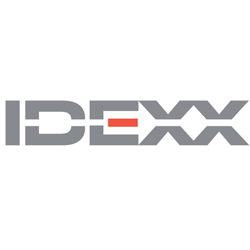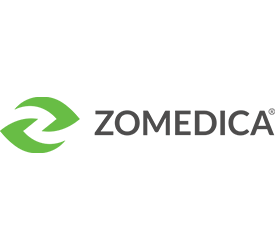Therapy
Treatment involves oral hormone replacement using levothyroxine sodium at a starting dosage of 0.02 mg/kg twice daily. In obese patients, dose calculations should be based on estimated lean body weight. Veterinary approved medications should be used and given on an empty stomach. If given with food, higher doses of supplementation may be needed to overcome reductions in bioavailability and dose monitoring should be performed in a nonfasted state so results accurately reflect the patient’s response. Clinical signs typically improve rapidly once therapy is started; however, dermatologic abnormalities may be slower to resolve.
Treatment monitoring is initiated 4 wk after starting supplementation unless signs persist in the face of therapy or signs of iatrogenic hyperthyroidism develop. Monitoring includes TT4 assessment, with the blood sample obtained 4–6 hr after medication administration (“post-pill”) to check the peak serum concentration. Dose adjustments are performed as needed monthly until the post-pill serum TT4 concentration is in the upper half or slightly above the laboratory’s reference range, or within the range for dogs receiving supplementation if provided by the laboratory. If an elevated TSH concentration was present at diagnosis, it should return to the reference range following treatment; however, confirming TSH normalization is not required and adds additional cost to monitoring. Once control is achieved, twice-daily dosing can be continued indefinitely with TT4 monitoring performed every 6–12 mo. Alternatively, after several months of twice-daily dosing, patients can possibly be transitioned to once-daily medication administration. A serum sample is obtained at the time the medication is due (“pre-pill”). A trough TT4 concentration >1.5 mcg/dL suggests the dose is likely adequate for once-daily administration. Pre-pill TT4 concentrations <1.5 mcg/dL warrant either continuation of twice-daily dosing or increasing the once-daily dose by at least 50% and assessing a month later. Both pre- and 4–6 hr post-pill monitoring would be necessary at this visit to ensure the dose increase avoids iatrogenic hyperthyroidism and provides sufficient 24 hr hormone replacement.
Clinical Tips
- Certain breeds and active working dogs are known to have thyroid hormone concentrations that are below standard laboratory reference ranges in the absence of thyroid disease. Therefore, it is essential to consider the patient’s breed and purpose when presented with abnormal thyroid hormone concentration results. This is especially important in sighthounds, such as greyhounds or salukis.20–22
- Although uncommon, circulating autoantibodies against thyroxine (T4) can cross-react with the TT4 assay, causing an artificially high reported result. A free T4 by equilibrium dialysis (fT4ed) or quantification of circulating autoantibodies may be warranted any time a normal dog is found to have an elevated TT4 concentration or in patients with clinical or biochemical abnormalities suggesting hypothyroidism but a TT4 concentration within reference range.5,23








